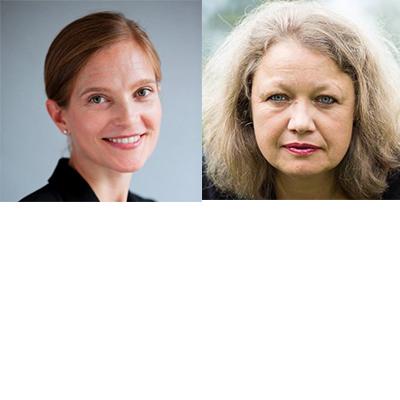Developing change agent networks that work: A UN system story
Change does not only happen in our personal life: we get older, discover new interests, change jobs, move between places – but it’s a constant in organizational life too. Budgets change and require increased efficiencies; new systems or processes demand that we learn new skills; external factors sometimes force us to re-evaluate the type of services we need to deliver, or how best to work together. COVID-19 has brought on a tremendous number of changes. It has made us question what we do and how we do it.
The common threat is that all of these changes need to be adopted and executed by people. Sometimes that’s easy and works well. But more often than not, adapting to new ways of working provokes fear, uncertainty, disinterest or even complete resistance; staff have personal or organizational concerns and outcomes fall short of expectations.
Why build a change agent network?
This is why change management is so critical. It provides us with a framework around how we may help people learn about and adopt to the change. It offers an approach to work with staff and to learn from resistance so that we can get to the results and outcomes we were hoping for.
If there is one question we get asked more often than others, it is what processes or tools are the most effective in implementing and supporting change and transitions sustainably. Our belief is that one of the more useful mechanisms to support change is the use of change agent networks. This led us to conduct an in-depth qualitative study on the use of change agents and their networks in the UN system. We wanted to better understand what worked, and what didn’t and draw lessons from the type of experiences different UN organizations had.
Implementing change is hard, let alone in a complex system such as the United Nations where stakeholders reach beyond internal players and include a multitude of outside actors from donors, civil society to member states. Change is often imposed, with little say around what the change entails. However, how it gets implemented usually remains the decision of the leadership in charge of overseeing the transition process. Here, change agent networks can play an important role. Creating mechanisms that accompany the change and provide longer-term engagement and feedback loops from staff around what works and doesn’t is part of the solution.
Leveraging UN- system-wide evidence to examine effectiveness
The recent JIU report on change management in the UN concluded that ‘all United Nations system organizations should consider identifying and using change agents across their reforms’, because according to the report, reforms that use change agents are ‘twice as likely to have good depth across the critical areas of change management’.
The United Nations has experimented with a lot of different models of change agent networks over the past years. In our study, we examined five entities that had set-up and used their change agents and networks in very different ways. What we found was that despite their differences, there were valuable lessons learned in setting up, developing, sustaining and using change agent networks.
Lessons Learned - A Framework for Change
The resulting report on ‘Change agent networks in the UN system’ (part of a case study series) is built around three buckets of findings. Section one explores the ‘basics’ of priming and setting up the network, section two looks at how you can ‘build’ your network, from recruitment, to defining roles and responsibilities to building capacity; and section three looks at how you could ‘sustain’ your network: what it takes to nurture and build your network culture, how you handle transitions within the network itself and when you decide to close it. The final section explores different change agent networks in practice and draws the distinction between project-specific, entity-specific and system-wide change agent networks.
Change is emergent and dynamic – and so are the networks that may help you navigate transitions. There is no one-size-fits-all, but there are fundamentals that anyone who is thinking of setting up a network should consider. In our conclusion we summarize these commonalities into 14 points which are discussed and described throughout the report. And as a starting point, whether you are considering the work of a change agent or are thinking of recruiting for a network: an openness towards change, interpersonal skills and an effective use of self are among the most critical traits – everything else can be taught along the way.
We welcome your reflections and look forward to hearing from you.
